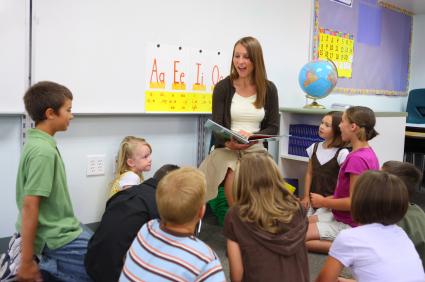Ask and imagine the story
This is a story-telling activity which involves the whole class, and may be used with adult or younger learners.
Preparation
Memorise this story as well as you can: Long, long ago in a village in China there lived a fool called Li. One day Li won 300 yuan in the gambling house. He was very happy so he went to find a place to store the money. He found a great place – the ground! He buried the money in the ground but he was afraid that someone would steal his money. So he thought up a plan. He found a piece of paper, wrote on it and fixed it to the ground. It said ‘300 yuan is not buried here’. Li had a neighbour called Gao. Gao knew that Li had this money and he wanted to steal it. He found the note and dug up the money. When he had finished he found a piece of paper, wrote on it and fixed it to the ground. It said ‘Gao didn’t steal 300 yuan’.
Procedure
Say ‘I’m going to tell you a very short tale about a foolish neighbour called Li who got 300 yuan. Before I tell it, you have one minute to find out as much as you can about the story. Ask me, I am Li. One minute starting… now!’ As Li (you might alter your posture and voice) give spontaneous brief answers to students’ questions, without giving away the whole story.
After the one minute, ask students to tell the story they imagine based on your answers before they listen to the story.
Say ‘Now listen to me tell the story and see how similar or different it is to what you imagined’. This focuses students and they listen very closely. Tell the story in your own words as narrator (not as Li).
Say ‘Now talk about the similarities and differences’.
Say ‘Stand up facing a partner. In each pair one of you is Gao and the other is another neighbour. Find out as much as you can from Gao about what happened and how he got the 300 yuan starting… now!’
Allow one pair to show the class their roleplay if they wish.
Follow-up
Ask students if the story reminds them of another short story they know. The students who have a story to tell get into small groups with students who don’t. Before they tell the story, ask them to say ‘I’m going to tell you a very short tale about a… who…’ and follow the same procedure you have modelled above. If necessary preparation can be done for homework. This student storytelling procedure can become a regular classroom activity with different students telling a story each week.
